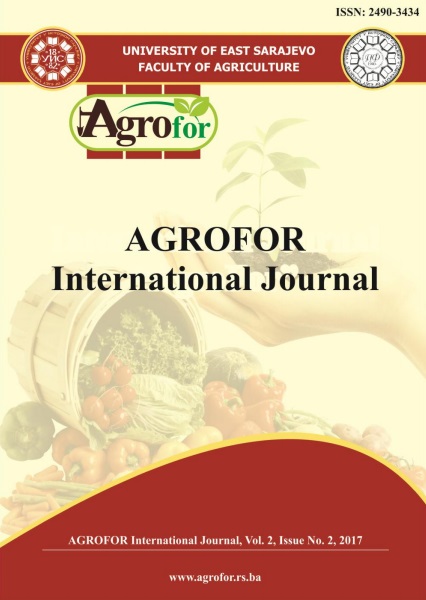THE IMPORTANCE OF WOODY PLANT INTRODUCTION FOR FOREST TREES IMPROVEMENT
DOI:
https://doi.org/10.7251/AGRENG1702056IAbstract
The history of woody plant introduction is closely linked with that of transportation
and the European exploration of the planet (16th–19th centuries). Each colonial
power established major botanical gardens and experimental stations in various
parts of the world. By the 20th century, the purpose of introductions shifted from
food plants to timber and other species yielding non-agricultural products. Finally,
during the latter part of the 20th century the importance of ornamental species
increased dramatically, especially to the more developed and wealthier regions.
Over the past two centuries many species have started to spread in their introduced
ranges. Until relatively recently the majority of introduced woody species have
been highly beneficial, if not essential, to humanity’s development, but now everincreasing
numbers of species are becoming detrimental to the maintenance of the
earth’s biodiversity and to the well-being of human societies. Throughout the 19th
and specially in 20th century the large-scale planting of trees for timber production
has been one of the main reasons for the introductions of a large number of species,
especially conifers e.g. Pinus, Picea. Pseudotsuga and Poplars and Willows
species. By using methods of mass and individual selection and by establishing of
provenances tests, as well as by half and full sib lines of selected exotics test trees,
genetical potential productivity and adaptability of introduced species have been
tested in numerous experimental plots in areas where introduced have been done.
This paper attempts to unravel the relationships between humans and woody plants
by looking at the changes in the introduction of species, the way they are perceived
by different human groups and the impact these non native species have on forest
trees improvement and other human activities.

